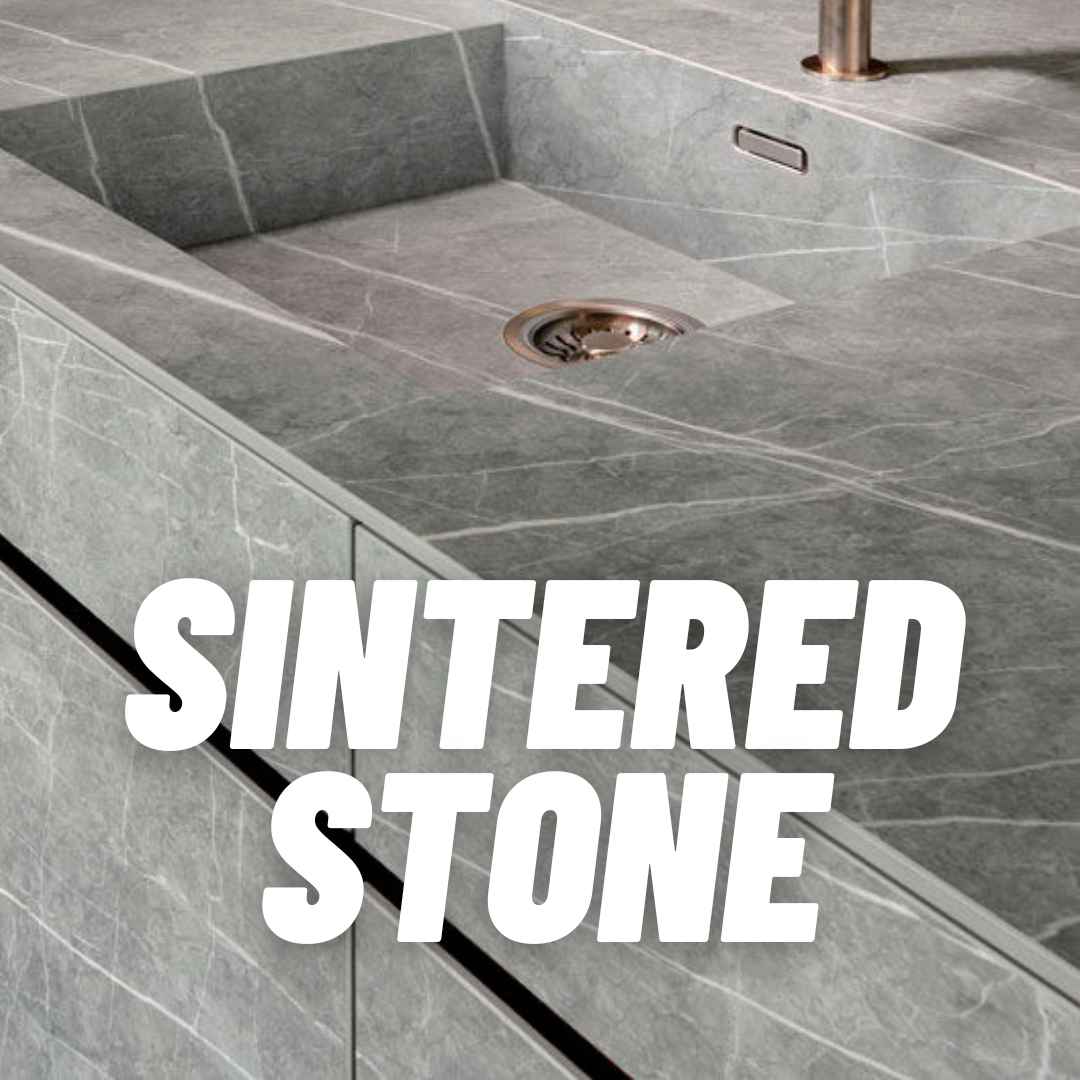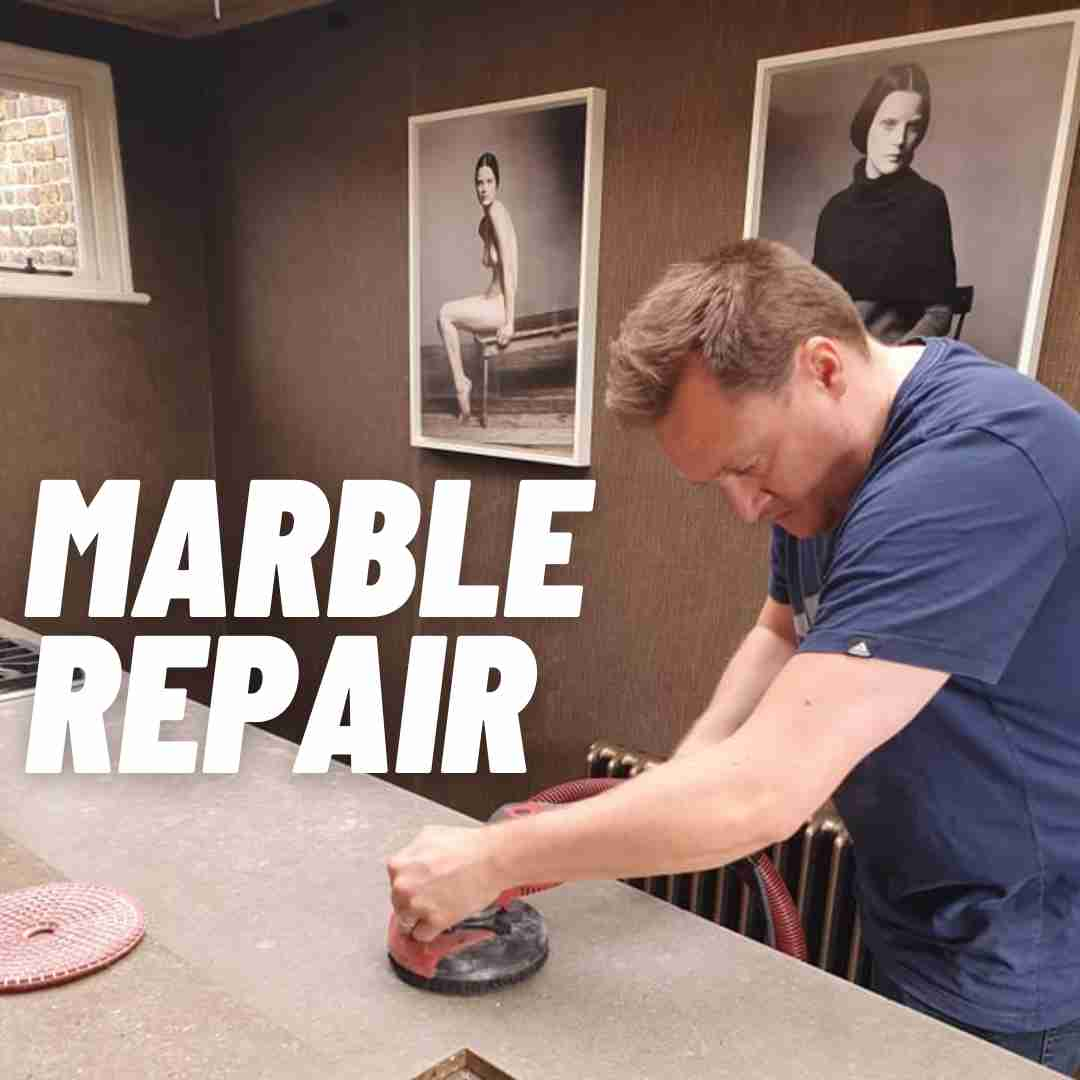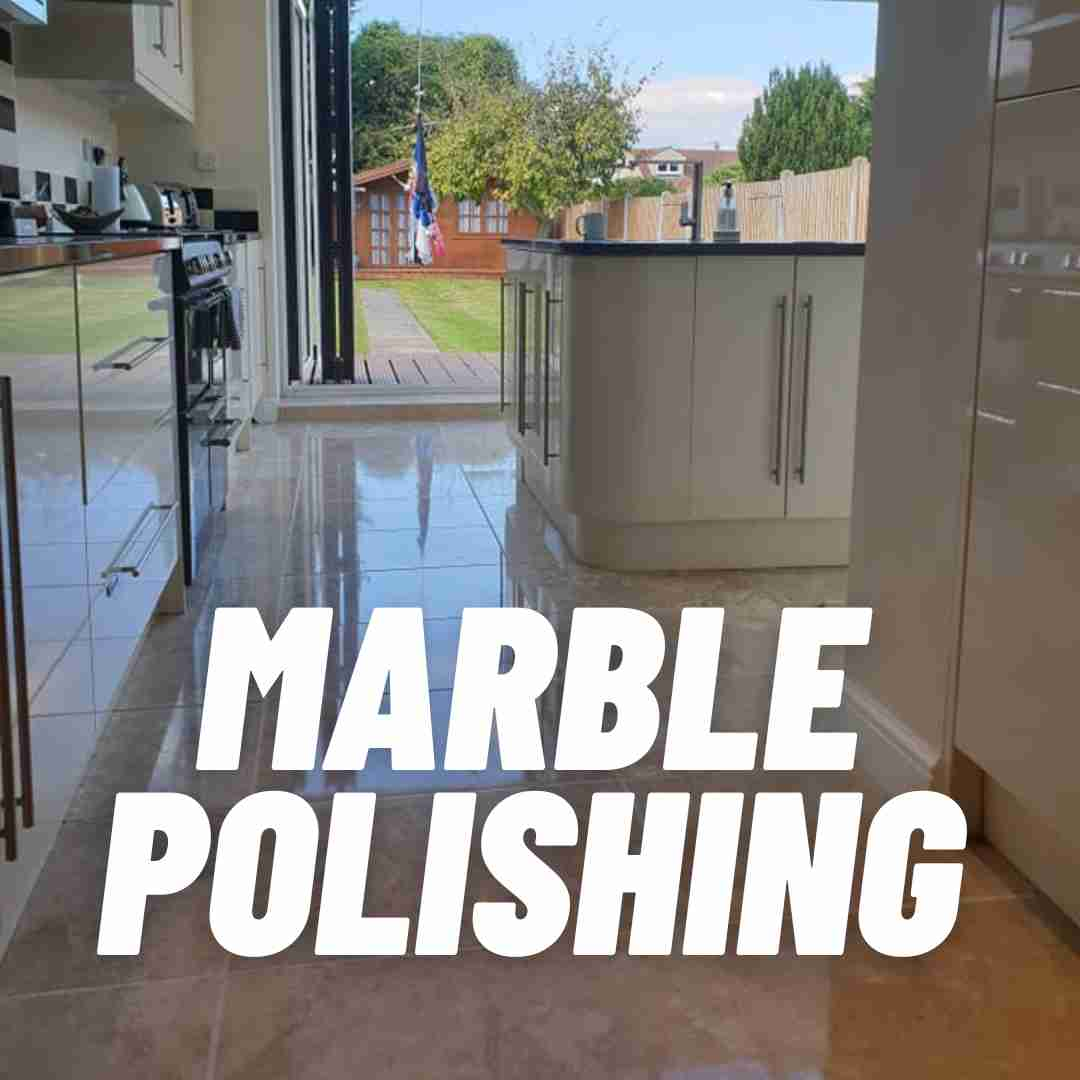Sintered stone has become a popular choice for both residential and commercial applications in various design projects. Its versatility enables designers to explore unique shapes, textures, and stiles which can be customized to suit different interior design styles and preferences.
One of the key attractions of sintered stone is its flexibility in creating kitchen
countertops and bathroom vanities. The material's strength, durability, and resistance to heat, scratches, and stains make it an ideal choice for these high-use areas. Designers can craft elegant countertops, integrating them seamlessly with sinks and other fixtures to create bespoke and functional spaces.
In addition to countertops, sintered stone offers excellent solutions for wall cladding in both interiors and exteriors. Its lightweight nature allows for easy installation, and its resistance to weathering makes it suitable for outdoor applications. Wall cladding can be used to enhance architectural features or create striking feature walls in living rooms, hallways, or entrance areas.
Sintered stone's adaptability extends to the creation of beautiful, bespoke swimming pool surrounds. Its low porosity and slip-resistant properties make it a preferred choice for designers looking to craft elegant and safe swimming pools.
With various textures and colors available, sintered stone ensures design freedom when it comes to choosing the perfect finish for walls, countertops, or cladding. Brands like Neolith and Lapitec offer extensive collections that cater to diverse aesthetic preferences, from natural-looking stone finishes to bold, contemporary patterns.
In conclusion, sintered stone is a versatile material that offers endless design possibilities in both residential and commercial applications. Its durability, flexibility, and range of finishes make it a sought-after choice for interior designers looking to create unique and functional spaces that stand the test of time.











